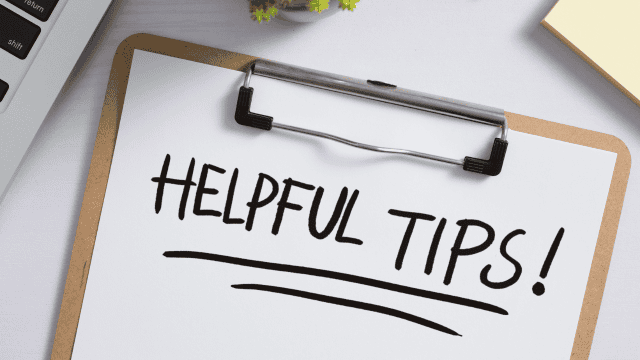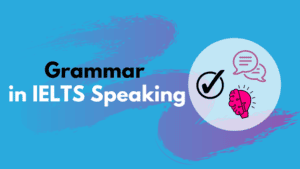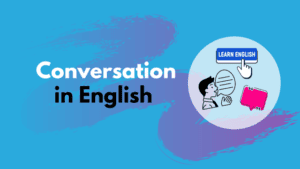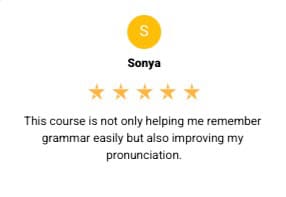Advanced Listening Skills: The Art of Linking
👇 Take this lesson with you! 👇
Table of Contents
If you are struggling to understand native English speakers, then knowing and being able to hear linking sounds is going to be a game changer for you, especially if you are preparing for the IELTS test.
What is linking?
Linking is where we link the sound at the end of a word with the sound at the beginning of the next word, so you hear one word or sound, rather than two.
For instance, the phrase “take it off” might sound more like one sound “take_it_off” /teɪkɪtɒf/ when spoken quickly by a native speaker. It may help to think of it like this “ta_ki_toff” /teɪ kɪ tɒf/
This is something native speakers do almost automatically, which can be quite challenging for learners to pick up.
Why Focus on Linking?
The primary reason to focus on linking is that it helps you better understand native speakers and can also improve your own spoken fluency. When you start recognising these patterns, spoken English becomes less choppy and more natural to your ears.
I would also stress you don’t have to use linking when you speak, although it is a feature of natural spoken English you can develop. In this lesson, our focus is on understanding and hearing linking sounds.
Here we will cover 3 simple aspects of linking that will help you improve your listening skills and help you better understand native English speakers.
You can watch the accompanying video to hear all the sounds mentioned.

Linking Consonant to Vowel
When a word ending in a consonant sound is followed by a word beginning with a vowel sound, native speakers often blend them together. For example:
- Put out sounds like “pu_tout.”
- Hand in sounds like “han_din.”
This is very common with phrasal verbs because most prepositions start with a vowel sound. For example, “in,” “on,” “out,” “off,” and so on.
What’s more when we substitute the noun (e.g. homework) for a pronoun (e.g. it), then this goes between the verb and preposition, creating another linking sound.
Hand in your homework becomes “Hand it in” which may sound like “Han_di_tin”
Linking Vowel to Vowel
When two vowel sounds meet, native speakers often insert a slight ‘w’ or ‘y’ sound to make the transition smoother:
If a word ends in an O or U sound, and the next word begins with a vowel, we will use a /w/ sound to link.
- Go away might sound like “go-w-away.”
- No idea might sound like “no-w-idea”
If a word ends in an A, E or I sound, and the next word begins with a vowel, we will use a /j/ sound (similar to ‘y’) to link
- I agree might sound like “I-y-agree.”
- He ate it might sound like “He-y-ate”
These subtle sounds help the speaker maintain a flow and avoid awkward pauses between words.
Linking Consonant to Consonant
When the same consonant sound ends one word and starts another, it typically gets blended into a single, elongated sound:
- Bad day sounds like “Ba_day.”
- Nice suit sounds like “Ni_suit.”
This can sometimes lead to misunderstandings if you’re not familiar with the technique, as “a nice suit” might sound more like “an ice suit.” Of course, the context is always going to help your understanding.

Practical Tips for Improving Listening Skills
To get better at understanding and using linking in English, here are some effective strategies:
- Do Dictations: Listen to short clips and write down what you hear. This will train your ear to recognise linked sounds.
- Listen Actively: Engage with various types of spoken English, including dramas, interviews, and speeches. Each format challenges your listening skills in unique ways.
- Practice Speaking: Try to use some linking in your own speech. This will not only improve your fluency but also help you internalise the patterns.
Conclusion
Understanding and using linking can dramatically improve both your listening and speaking abilities in English. Remember, the key to mastering this skill is consistent practice. Don’t just learn it; actively incorporate it into your everyday listening and speaking exercises.
So, keep practicing, and soon, you’ll find yourself understanding native speakers with much greater ease!
Improve your Speaking Skills with this Free Course
Crack IELTS Speaking Part 1
Learn to Speak with Confidence in Part 1 of Your IELTS Test!
⭐️⭐️⭐️⭐️⭐️
‘It’s such a great course. I’ve learned so many usages for speaking part 1.’
Zu Htet





